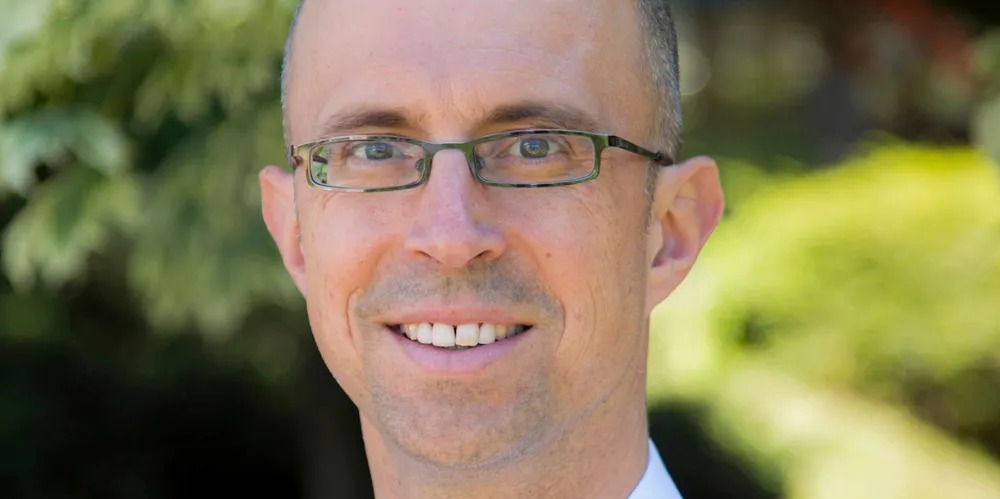'The days of energy market monogamy are over. Now it's all about open relationships'
Long-term feed-in tariffs have quickly become a relic of a time when wind and solar needed subsidy support. For the fast-dawning future, writes Peter Bance, digitalisation will be key to a global energy system where 'commercial agility is valued over perfect foresight'
